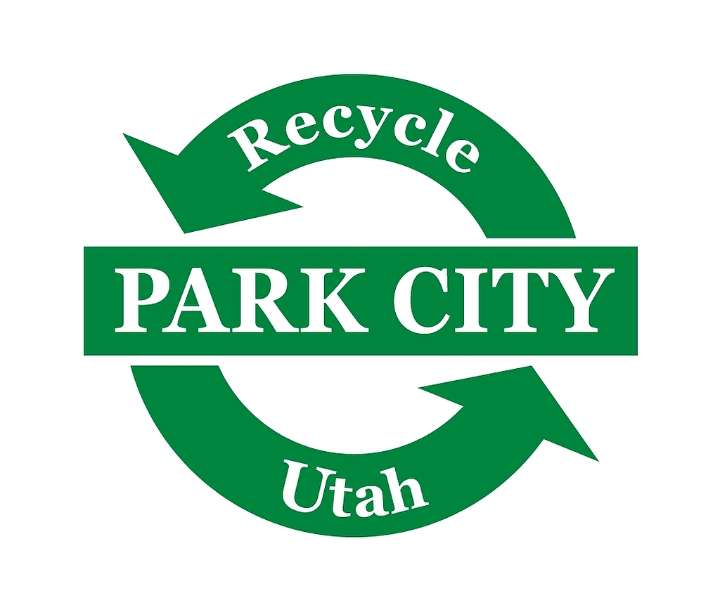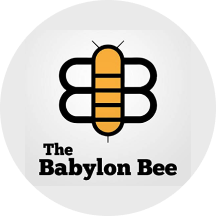What is waste to energy, and is it practical and clean? This concept of using heat to burn waste and generate power has been around since 1874 in the United Kingdom, followed by the first U.S. plant in 1885 in New York.
It originated as a way to manage waste, but evolved into a two-prong benefit of capturing energy from the heat, as well.
Denmark opened the first waste-to-energy facility in 1904, and they started to emerge in the U.S. by the mid 1900s — today with 520 plants in Europe and 75 in the United States.
Negative impacts from water discharge and air emissions gained politicians’ and citizens’ attention in the 1960s, which eventually resulted in the Clean Air and Clean Water Acts in 1970.
New standards and restrictions on particulate emissions were established, and those facili

 Park Record
Park Record

 New York Post
New York Post CBS News
CBS News Daily Voice
Daily Voice WENY News
WENY News ICE News
ICE News FOX 7 Austin
FOX 7 Austin The Babylon Bee
The Babylon Bee